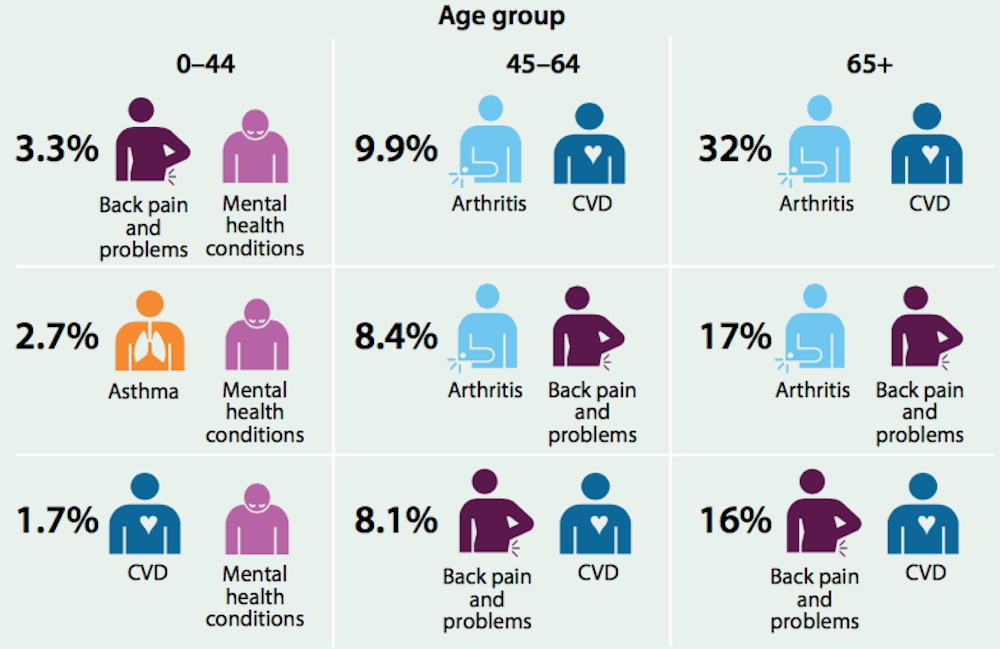Type diabetes is a serious disease that can lead to life-threatening complications. If you’re living with type diabetes. It affects 85– of all people with diabetes.

What is type diabetes ? Glucose is an important source of energy for your body. This includes all types of diagnosed diabetes ( million known and registered) as well as silent , undiagnosed type diabetes (up to 500estimated ). Understanding diabetes and its seriousness is important. Managing worry about COVID-and diabetes fact sheet ;. Adults with diabetes have a two- to three-fold increased risk of heart attacks and strokes(1). Australians have diabetes. Combined with reduced blood flow, neuropathy (nerve damage) in the feet increases the chance of foot ulcers, infection and eventual need for limb amputation.
Leading diabetes organisations have highlighted the dramatic increase in gestational diabetes affecting women during pregnancy and putting great pressure on maternity hospitals and requiring new approaches before, during and after pregnancies. Learn About Treatment Options. Access Tips for More Info. This fact sheet will help you understand what diabetes is, the risk factors for type diabetes and the health benefits of controlling your blood glucose levels.

Diabetes Affects Your Body. Type diabetes is caused by the body not having enough insulin. Without insulin, glucose levels will build up in the blood.
More than million Americans – 9. There are multiple risk factors for type diabetes including age, family history and ethnicity. Skip directly to site content Skip directly to page options Skip directly to A-Z link Centers for Disease Control and Prevention. The condition occurs when the body stops producing insulin.
Insulin is produced in the pancreas and allows sugar to pass into the cells of the body to produce energy. Open Fact Sheet Are you a. The impact of high glucose levels in the blood can affect both short term and long term health. The Institute is committed to providing credible, evidence-based health information regarding optimum approaches to the prevention and management of disease.
Risk factors for developing type diabetes include: ethnicity. Early detection of type diabetes. People with type diabetes cannot produce insulinand require lifelong insulin replacement for survival.

The disease can occur at any age, although it mostly occurs in children and young adults. The main types of diabetes are called type and type 2. Other varieties include gestational diabetes , diabetes insipidus and pre- diabetes. Pre- diabetes has no symptoms or warning signs, and is a risk factor for developing type diabetes. It can lead to a range of short- and long-term health problems. Donate By donating now you help us provide better management of diabetes and work towards a cure.
All donations over $are tax deductible. The recommended range for blood glucose is between 4. NDSS information sheets. Blood glucose levels above or below this range are termed hyperglycaemia and hypoglycaemia, respectively.
We pay our respects to the ongoing living cultures of Aboriginal peoples, and to Elders past, present and future.
No comments:
Post a Comment
Note: Only a member of this blog may post a comment.